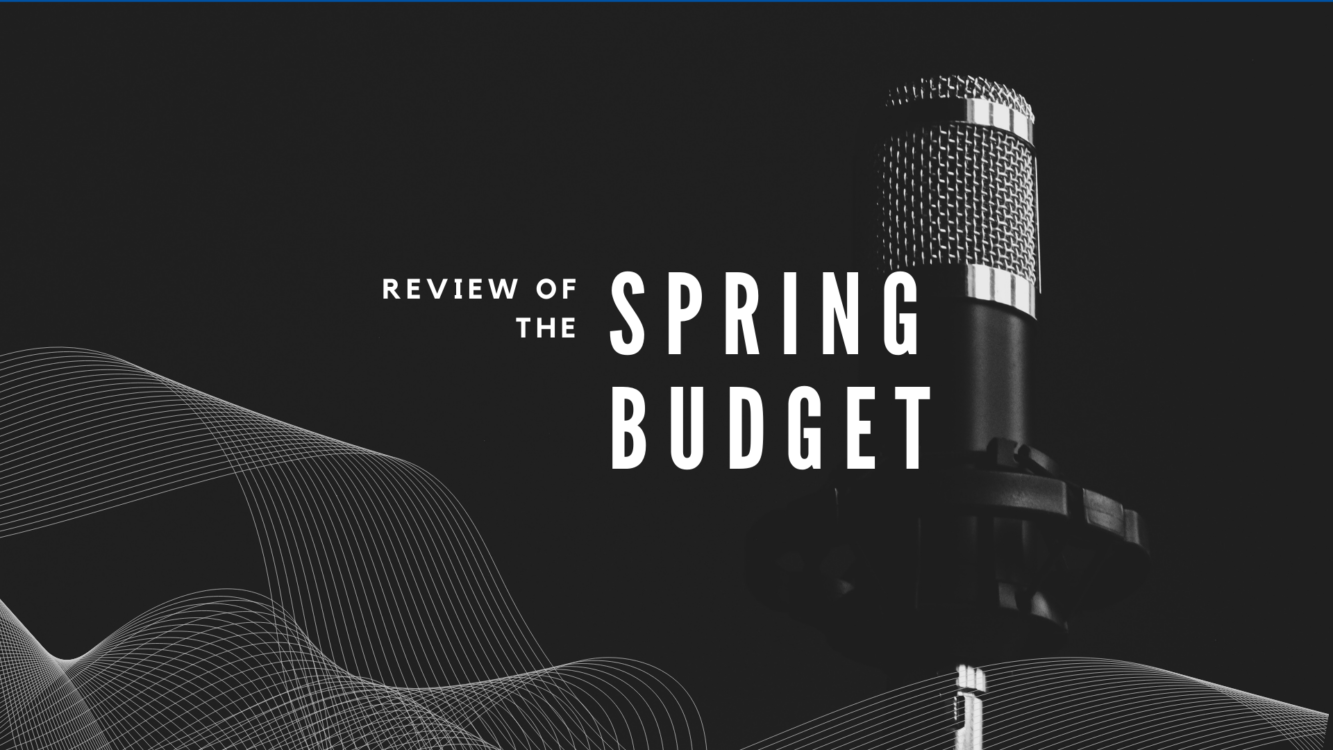Whilst there wasn’t much push from Hunt’s spring budget relating directly to climate change, there was some thoughts on energy security. The budget does elaborate on some points raised in the Kings Speech in November. To sweeten key renewable energy developers, more details of the Contracts for Difference (CfD), round 6 auction have also been shared.
For this latest round there has been a budget allocation worth just over £1bn, £800m specifically for offshore wind. This is the largest ever allocation and certainly a welcome promise to developers, and in turn consumers. The auction is set to take place on March 27th. Full details of the parameters are due for release on 13th March. Last years’ auction failed to secure any new projects, but this new allocation looks more likely to pique greater interest.
Whilst this looks promising for the investors and security for the next year, analysts are warning that it may be too little, too late, to meet the climate target. To reach the targeted 50GW of offshore wind power by 2030, a further 21GW of new capacity is required. This is in addition to the 14GW currently under construction and 15GW in operation. But LCP Delta, via Carbon Brief, calculate this as only 4-6GW of new capacity.
Regardless of how far that pot stretches, a key take away from the allocation is a renewed price stability for developers. Hopefully this keeps investment in offshore wind attractive. Andrew Bowie, Minister for Nuclear and Renewables, says ‘this unprecedented renewables budget. It will keep the UK at the cutting edge of the industry’, giving the UK the security it wants. It will also provide an opportunity for up to 90,000 more jobs in offshore wind. A very welcome headline to our agency!
Overall, the headlines, as ever, have conjured up mixed interpretations and feeling towards the budget but the crux is positive. With more money allocated to driving offshore wind farms forward in the UK, an already global pioneer, the industry can only excel.
It doesn’t go all the way, but some. It will help future proof the supply chain and, eventually, meet climate needs – but perhaps not meet their own targets!



